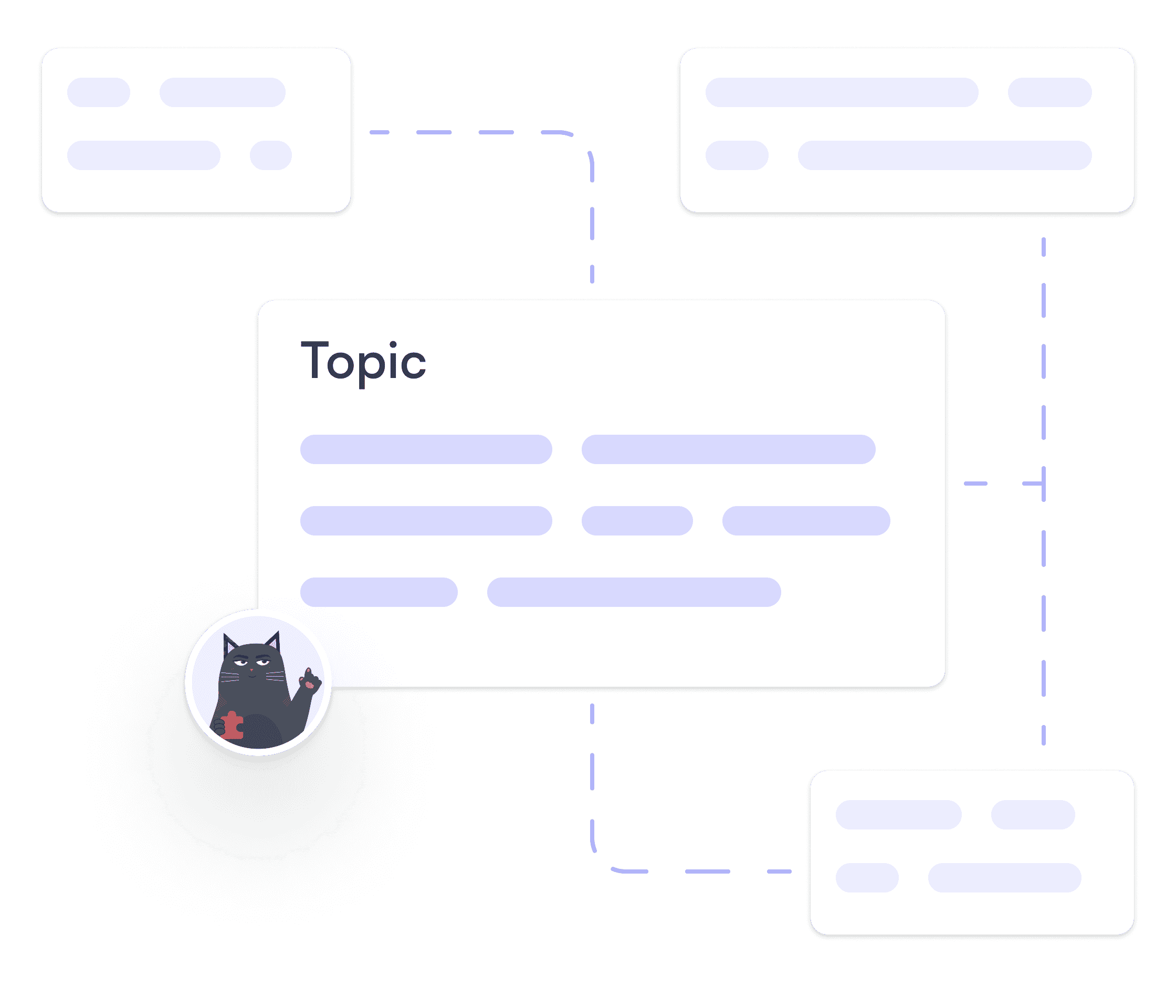What is Spatial Computing?

Spatial computing refers to the integration of digital and physical spaces, allowing computers to interact with the real world in 3D environments. This technology combines augmented reality (AR), virtual reality (VR), AI, and the Internet of Things (IoT) to create immersive experiences. By leveraging sensor data, computer vision, and real-time processing, spatial computing enables devices to understand and respond to human movements, gestures, and environmental changes.
How Does Spatial Computing Work?
Spatial computing relies on:
3D mapping & computer vision to interpret the real world.
AI-driven interaction models to enhance user experience.
Wearable devices & sensors (e.g., AR headsets, LiDAR, cameras) to track motion and depth.
Cloud computing & edge processing to handle large-scale data in real-time.
Key Applications of Spatial Computing
✔ Augmented & Virtual Reality: Enhancing gaming, training simulations, and remote collaboration.
✔ Smart Manufacturing: AI-driven automation in factories through robotic vision and digital twins.
✔ Retail & Marketing: Virtual try-ons, in-store AR navigation, and personalized shopping.
✔ Healthcare: Advanced medical imaging, remote surgeries, and patient monitoring.
✔ Autonomous Vehicles: AI-powered navigation and real-world interaction.
Key Takeaways:
Spatial computing bridges digital and physical spaces, enhancing interactivity.
It combines AR, VR, AI, and IoT to create immersive experiences.
Industries like healthcare, manufacturing, and retail are already leveraging its power.
What purpose do fairness measures serve in AI product development?
Where in the product development process can AI make the biggest impact?
What is Hybrid Computing?
What is AI and how does ti work?
What is AI democratization and why is it important?
What is quantum AI and how does it improve computing?
What is agentic AI and how does it differ from traditional AI?
AI vs. Machine Learning: What’s the difference?
What is predictive analytics and how does it work?
What is multimodal AI and why does it matter?
What is conversational AI and how does it work?
What is generative AI and how does it work?
Lana Ilic
Fullstack Developer
 Available immediatelySeniority verified on Feb 28, 2025
Available immediatelySeniority verified on Feb 28, 2025Previously at

Previously at

Previously at


Why wait? Hire AI Developers now!
Our work-proven AI Developers are ready to join your remote team today. Choose the one that fits your needs and start a 30-day trial.

